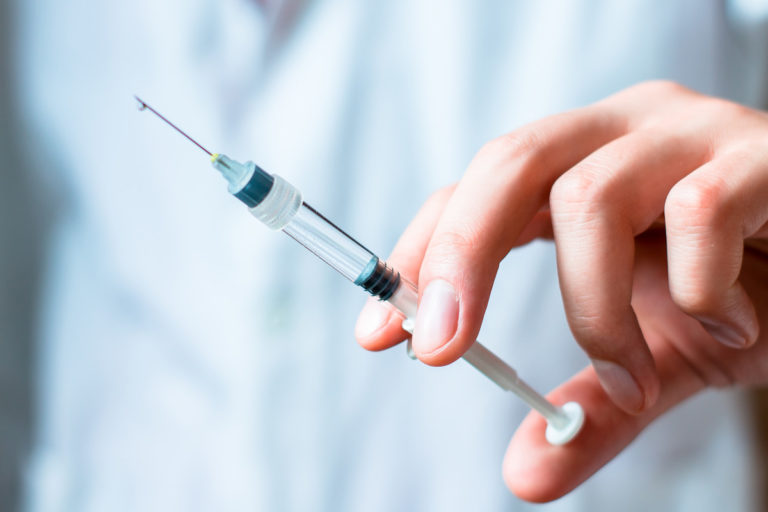It has been more than a year since the COVID-19 pandemic took the world by storm and brought everything to a standstill. But while communities worldwide were seemingly finding their way in the dark, the same cannot be said for scientists who were hard at work to develop a cure.
There was a time when the development of vaccines took at least 10 to 15 years before it was approved by the Food and Drug Administration (FDA). The fastest recorded vaccine development in history was for mumps during the 1960s, which took four years before it was deemed safe for the market.
This begs the question, “how were pharmaceutical companies able to develop the COVID-19 vaccines being administered by the millions worldwide?” One might wonder how the COVID-19 vaccines could be created under a year if the vaccines usually took such a long time to be developed.
From a civilian’s perspective, the vaccine development may seem like it was rushed. This raised safety concerns among the public, which was mainly due to misinformation and fear-mongering. Insufficient information and transparency about how the vaccines were developed led to vaccine hesitancy.
However, the quick answer to this question is global collaboration. There was a global need to create vaccines that will save Earth’s population from the lethal coronavirus, which led scientists and researchers to collaborate instead of approaching the matter independently.
Through this collaboration of world leaders to solve an emergent situation, the scientists were able to fast-track their vaccine developments and streamline lengthy processes. Besides, another global initiative was formed by the World Health Organization (WHO), the European Commission, and France — COVAX.
What is COVAX?
The presence of the coronavirus in early 2020 brought about a global health crisis that has taken millions of lives with it. The rate of transmission and mortality caused by COVID-19 across the world signaled a need to establish a global solution in the form of COVAX.
As mentioned earlier, COVAX is an initiative formed by WHO to provide everyone with access to the vaccines once they are deemed safe for the public. It brought together governments, global health organizations, scientists, and the private sector to make COVID-19 vaccines accessible to the world.
How are the vaccines developed?

The creation of vaccines within a year of the health crisis is not a small feat because developments usually take a long time. However, it should be noted that scientists are not starting from scratch. In fact, the coronaviruses have been studied for more than 50 years, which provided the groundwork for the vaccines created today.
The COVID-19 virus strain is a part of the coronavirus family, just like the severe acute respiratory syndrome (SARS) outbreak in 2003 or the Middle East respiratory syndrome (MERS) outbreak in 2012. So, because it’s not the scientists’ first rodeo when it comes to coronaviruses, they only had to create further research to identify COVID-19’s defining characteristics.
But despite the fast-tracked development of the vaccines, it’s important to note that all these have been granted emergency authorization by the FDA because they passed the standards of the governing body; therefore, they are safe, effective, and can reduce the risk of getting severe illness once administered.
What vaccines are available today?
All these COVID-19 vaccines have been subjected to the US Pharmacopeia or USP dissolution testing to ensure that the drugs comply with the standards set by the FDA before they can be released for public use. FDA approval usually takes months to years, but because there is an urgent need for the vaccines, the FDA has started granting emergency-use authorization to a select few.
To date, three COVID-19 vaccines have been granted authorization by the FDA: Pfizer/BioNTech, Moderna, and Janssen/Johnson & Johnson. There’s also the Oxford vaccine created by AstraZeneca, but it hasn’t been granted authorization in the US because it’s still in Phase 3 of the clinical trial.
Based on the results of the clinical trials with tens of thousands of volunteers, the vaccine with the highest efficacy rate is Pfizer with 95%, followed by Moderna with 94.1%, AstraZeneca with 70%, and Johnson & Johnson with 66%. These are truly excellent numbers considering that the FDA only requires the COVID-19 vaccines to pass the 50% efficacy rate.
There is some talk about how the existing vaccines won’t be effective against the new variants or mutations of the coronavirus. While the vaccines might have a lower efficacy rate against new variants, further research is needed to know if they will be completely useless.
Until then, it is believed that any vaccine is better than no vaccine because getting vaccinated immediately lessens the possibility of becoming infected or transmitting the virus to others. Wearing masks, social distancing, and disinfection can only do so much to protect you, but a vaccine has the potential to give you partial immunity.




